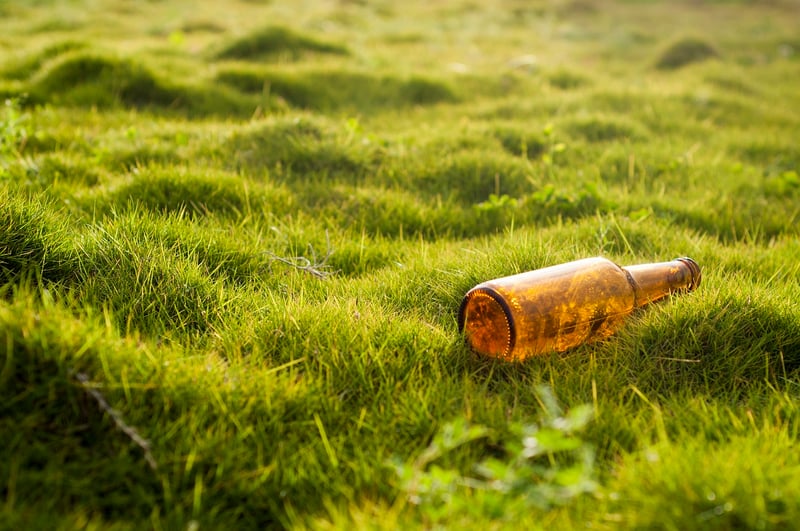Environmental Artwork
Creating Art Sustainably: Environmental Artwork
Art has the power to evoke emotions, spark conversations, and inspire change. In today's world, where environmental concerns are at the forefront, artists are increasingly using their creativity to raise awareness about sustainability and the planet. Environmental artwork, also known as eco-art, is a genre that focuses on ecological issues, conservation, and the relationship between humans and nature.
The Importance of Sustainable Art
Sustainable art promotes the use of eco-friendly materials, reduces waste, and encourages viewers to reflect on their impact on the environment. By incorporating sustainable practices into their art-making process, artists can contribute to a greener and more conscious art community.
Ways to Create Art Sustainably
1. Upcycling: Use discarded materials like old newspapers, plastic bottles, or scrap metal to create unique artworks.
2. Natural Materials: Explore using materials sourced from nature such as leaves, twigs, or recycled wood.
3. Non-Toxic Paints: Opt for paints that are free from harmful chemicals to reduce environmental impact.
4. Energy-Efficient Studios: Create art in spaces that prioritize energy efficiency and sustainability.
Inspiring Examples of Environmental Artwork
1. Washed Ashore Project: This project features giant marine animal sculptures made from plastic debris collected from beaches.
2. Andy Goldsworthy's Land Art: Goldsworthy uses natural materials like stones and leaves to create temporary but stunning outdoor artworks that highlight the beauty of nature.
3. Ashley Cecil's Endangered Species Paintings: Cecil's paintings raise awareness about endangered species and their habitats, using eco-friendly materials.
Get Involved
Whether you're an artist or an art enthusiast, there are several ways to support environmental artwork:
- Attend eco-art exhibitions and events in your community.
- Follow and promote artists who create sustainable art.
- Consider purchasing eco-friendly art supplies for your own creative projects.
- Join or volunteer for organizations that promote eco-conscious art practices.
By embracing sustainable practices in art creation and consumption, we can all play a part in preserving our planet for future generations.

Image source: Pixabay
